One of the most popular materials for the construction of the walls of the house is a brick. Buildings from it can be found almost everywhere. Brick won popularity due to excellent operational properties. Despite this, the house of brick is also required insulation. It is most profitable for this purpose to make reliable thermal insulation. Thanks to this, you can achieve minimal heat losses. The complex of work on the insulation of the brick wall of the house can be done with their own hands, if there is a little desire and the necessary tool. There is nothing complicated in this.
Content
Essence of insulation techniques
The experimental way is proved that approximately 35% of energy consumed is spent in order to maintain a comfortable temperature in the room. Therefore, if you normally insulate the house, it can significantly reduce the cost of electricity or fuel.
The insulation of the walls of a brick house is, in fact, a whole range of diverse works, the purpose of which is to reduce heat loss through surfaces that have contact with the external environment, such as walls, roof, floor and the foundation of the building. For the correct insulation of the brick house, first of all, you should know from which brick and help which masonry it was built. From this repel when choosing a material for insulation.
Brick walls have several characteristic features. First of all, you should know that their thermal conductivity depends on whether there is cavities inside the material, or not. The thermal conductivity of the brick itself is typically of 0.4 W / m * K, which is much greater than the tree, but less than that of concrete. In addition, brickwork can be solid or well, which involves the presence between walls, so-called air pockets. The thickness of the brick wall depends, first of all, from the type of brick and chosen during the construction of masonry. Consequently, brick walls may have different operational performance. They affect the thickness of the layer of thermal insulation material.
Consider the specifics of the impact of these indicators on the choice of technology insulation at home. If the wall is made with masonry in one layer, that is, without air pocket, you can warm it only outside or inside. If there is an air pocket between the walls, you can place the insulation and in it. The air, which is between the inner and outer wall, itself is a heat insulator, therefore gives additional thermal insulation. If such a wall is insulated with the help of thermal insulation material, then heat loss can be reduced almost twice. This, in particular, concerns the carrier wall in a brick house.
Why insulate brick walls
The thickness of the brick wall, where the masonry was used in one layer is approximately 410-630 mm. Such a laying has approximately three times the large heat loss than necessary for a comfortable stay. Therefore, it is desirable to warm the brick wall with an external or inner side, and it is best to do this on both sides at the same time.
For insulation of the outside of the wall, it is recommended to use gas-filled materials, such as: foam or polystyrene. Often, the mineral wool is used for this purpose. These thermal insulation materials should not continue to prevent the cladding of the house. By the way, mineral wool has some essential advantages over polystyrene foam. One of them is resistance to burning. On the other hand, using gas-filled materials for insulation, it will take less cash costs. Therefore, if the financial capabilities are small, then the use of these materials is allowed for insulation of brick walls. Although, nevertheless, for safer housing, it is better to dig up and acquire more expensive components.
It may seem that if you perform the outer insulation of a brick building using a foam, then in the summer in such a house it will be very hot. In fact, it is not. If you carefully examine the technology of insulation, it can be understood that most modern heat-insulating materials have been developed so that in the summer in the room it was cool, and in winter warmth. In addition, there are materials intended for insulation of walls that have the ability to withdraw moisture and vapor only in one direction.
Types of insulation
Experts who are professionally engaged in insulation of walls, share this process into three types:
- external
- inner
- internal insulation.
Consider each of these species a little more. So, when the walls of the brick houses are inside, not only they are insulated, but also the floor, the roof, the attic, as well as the inter-storey overlap. The advantage of such insulation is that it can be carried out both in winter and in the summer. Most often brick walls are insulated from the outside. This implies the placement of the insulation from the outdoor side of the construction. This method of insulation allows not only to maintain heat, but also gives additional protection of the walls from the effects of precipitation. The disadvantage of such a technique is the high cost of materials. In addition, it only applies within certain seasons. As for intrauterine insulation, it is usually possible only when the walls are erected. This is his main drawback. Therefore, in the already erected buildings with brick walls, it will have to perform only internal or external insulation.
What to insulate the walls of a brick house
Today there are quite a lot of types of materials for the heat insulation of buildings. And you need to be able to choose the most suitable for your case. First of all, when choosing such a material, it is recommended to pay attention to some important characteristics. In addition, such parameters like a thermal conductivity and density coefficient have a rather significant meaning. The following indicators depend on them - the thickness of the layer and total weight, respectively.
In addition, not only its durability depends on the stability of one or another material to various harmful effects, but how long he can maintain his stated operational qualities. In general, it is recommended to choose mainly natural materials for thermal insulation.
When selecting a material for isolation, attention should be paid to the following characteristics:
- Soundproofing abilities. If the material has good sound insulation, then this is a certain plus. After all, it will not only allow you to make the house more comfortable, but also to save on the purchase of special tools for sound insulation.
- The most important feature determining the effectiveness of thermal insulation is the coefficient of thermal conductivity. The lower this indicator of the material, the more efficient and better for the heat insulation device.
- Water absorption coefficient. Water absorption of material shows how much it is resistant to absorbing moisture. The less this characteristic, the better.
- Paropropusca. This is nothing but the ability of a material for insulation to skip wet air, i.e. breathe. This ability makes a dwelling more comfortable.
- Durability of the material. This characteristic, in fact, reflects how long the material can serve, while maintaining the stated operational properties.
- Mounting complexity. This feature shows how much time and effort will have to be attached to mount the insulation.
- Class of flammability. Fire safety distinguished four classes of fire hazards. For the construction of residential premises, it is recommended to use materials that have a combustible class G1. Materials of this class without a source of fire stop burning.
- Ecology. Obviously, in the house it is preferable to use only natural materials. This indicator displays exactly the naturalness of the thermal insulation material.
- Density. For this indicator, it is possible to judge the mass of thermal insulation. For this reason, than it is higher, the more weighs the material for insulation.
Now briefly consider the most popular materials today.
Ceramzit.
- Heat conductivity indicator - from 0.10 to 0.18 W / (M * K).
- The density of the material is from 200 to 800 kg / m3.
This material is usually added to the concrete for the device of the screeds and foundations, as well as to the basis, with which the monolithic framework of the building is erected. In addition, the ceramzite is sometimes used for intrauterine insulation.
Styrofoam.
- Heat conductivity indicator - from 0.033 to 0.037 W / (M * K).
- The density of the material is from 11 to 35 kg / m3.
Polyfoam does not know how to absorb moisture. At the same time, it does not have the ability to skip wet air, i.e. The material cannot "breathe". It is still possible to attribute to its disadvantages, fragility and excretion of harmful substances during burning. Polyfoam can be used for outdoor and internal insulation.
Mineral wool.
- Heat conductivity indicator - from 0.041 to 0.044 W / (M * K).
- Density of material - from 20 to 200 kg / m3.
This is one of the most popular thermal insulation materials. But it has a high indicator of moisture absorption. Therefore, it is recommended to use for insulation from the inside.
"Warm" plaster.
- Heat conductivity indicator - 0.065 W / (M * K).
- The material density is from 200 to 340 kg / m3.
The advantages of this plaster include such qualities as not bad sound insulation, low water permeability and vapor permeability. In addition, this material is not a fuel. It can be successfully used not only for external, but also for and internal insulation. As for the shortcomings, first of all, a lot of weight should be noted, and this requires a more powerful foundation. In addition, there are restrictions on the maximum thickness of the layer of this material - it should not be more than 49 mm.
Cork insulation.
- Heat conductivity indicator - from 0.045 to 0.06 W / (M * K).
- The density of the material is from 240 to 250 kg / m3.
This is a natural material that is recommended to be used for internal warming up. For this, it has excellent operational qualities. Its disadvantages include the fact that the plug is well lit.
Cellulose wool.
- heat conduction index - from 0.032 to 0.038 W / (m * K).
- The density of the material - from 30 to 75 kg / m3.
This material is also referred to ecowool. It is produced by processing cellulose. Its disadvantages include poor tolerance of mechanical loads and the ability to absorb moisture well. As a rule, mineral wool insulation used inside the walls of the building.
When choosing a heater, it is recommended that 100 mm of material must have the same properties as 1 m brickwork. This will allow the summer not to use air conditioning, but in winter it is not to spend money on heating the street. That is, at any time of the year, a comfortable temperature will be maintained in the house and for this you will not need some extensive costs.
If you want to insulate a house with brick walls from the outside, it is best to choose the insulation only of the highest quality. This recommendation also applies to building materials for building the crate and to those that will be fixed by the plates. Below, two ways of insulation of the walls of the brick house wall will be considered: arrangement of the ventilated facade and the installation of the multilayer system.
How to make ventilated facade
To perform the work on the insulation of the brick wall using the technology of the ventilated facade, it is necessary to figure out what it consists of. This facade consists of 4 main layers:
- The first is an external screen and facing.
- The second is a doom.
- Third - ventilation layer.
- The fourth is a warm insulator.
Now let's talk about the procedure for the construction of a ventilated facade:
- First of all, you need to prepare a working surface.
- Then you need to do the installation of the carrier frame. For this operation, metal profiles are usually used. In some cases, the design is performed from a wooden bar.
- Next, it is necessary to carry out reliable fasteners of the material to the surface. Umbrella dowels and special adhesives are used for this purpose.
- Now you need to create a hydrobarier. To protect the thermal insulation material from the impact of wind, such a barrier is simply necessary.
- Finally, you need to make a finish. This uses a variety of materials. For example, for this purpose a tile or siding can be applied.
How to make thermal insulation of several layers
Multilayer thermal insulation is such a "cake" of several layers of various materials. Work on the installation of this system must begin with surface preparation. To do this, the walls are knocked down all the plaster, it is ground and not too thick layer of the solution to align the wall and close all the gaps. Then the foam or polystyrene is fixed. Do it with the help of special dowels with a wide washer that is also called umbrellas.
After that, it is necessary to reinforce the surface. Do it with the help of a plastic reinforcement grid. The last stroke should be the application of two layers of plaster - starting and finishing, as well as painting the facade of special paint for outdoor work.

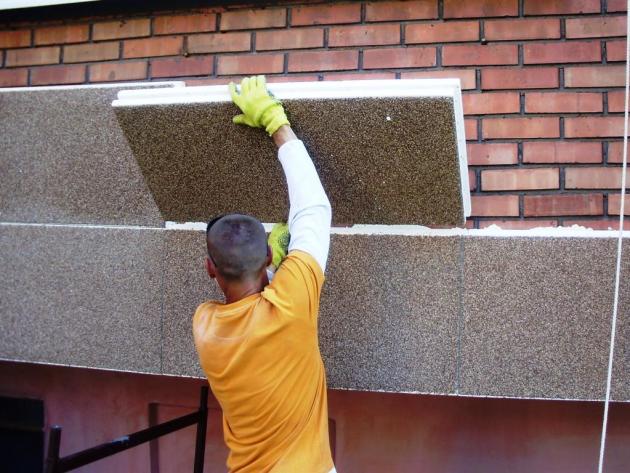
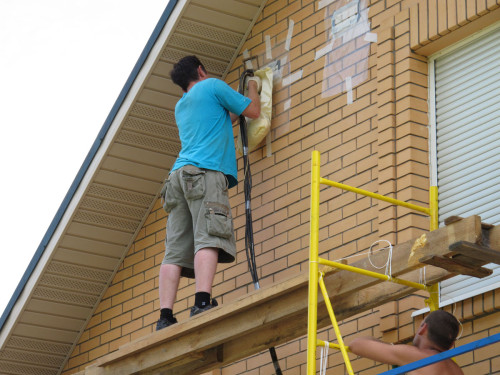
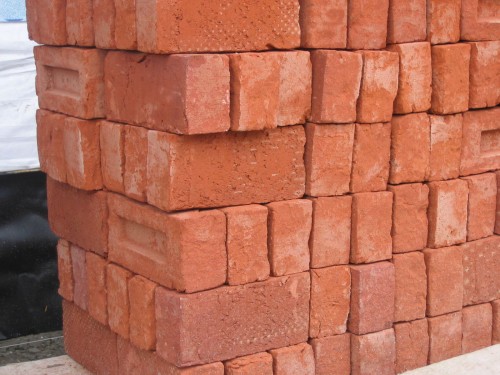
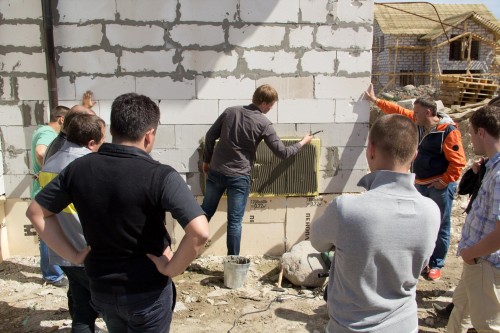
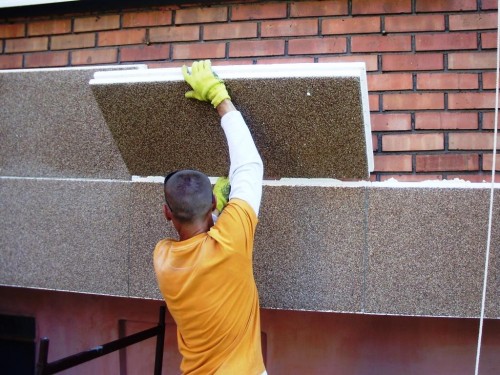
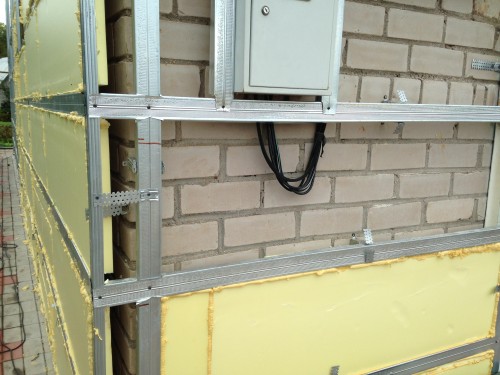
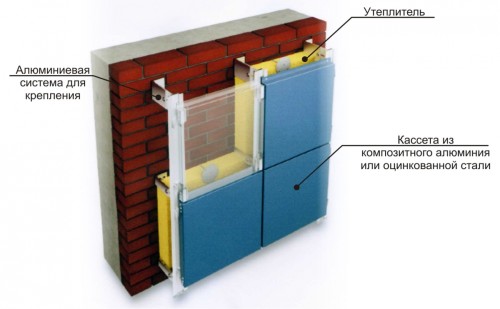


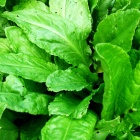




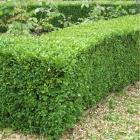

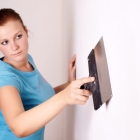
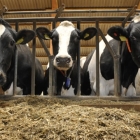
 Start a discussion ...
Start a discussion ...